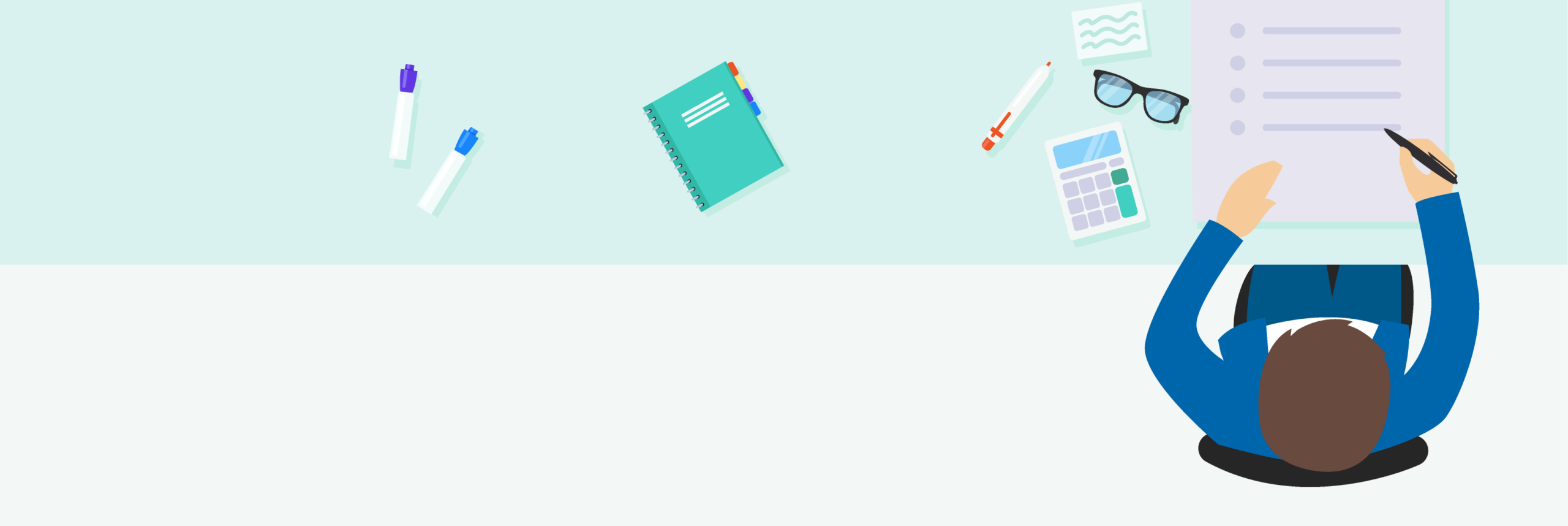
If the past year has taught us anything, it is that we need to be flexible and able to adapt quickly. But how can schools and districts achieve this with a lack of resources and funding? It helps to stay aware of funding opportunities.
As you know, the federal government has provided payments to state, local, and tribal governments to help navigate the impact of the COVID-19 outbreak through the Coronavirus Relief Fund, allocated through the CARES Act.
The next round of funding has $54B earmarked for education under the Elementary and Secondary School Emergency Relief (ESSER) Fund.
This money will be distributed to state level Departments of Education (DOEs) that will then distribute money to their state’s schools and districts. It’s estimated that the average school will get about $1k/student, about an 8% boost in funding for a typical district.
The Purpose of the ESSER Funds
These funds are being provided specifically to address learning loss. The government recognizes that with the challenges of teaching and learning during the pandemic year, many students have fallen behind and without an intervention by way of additional funding, teachers can’t be expected to cover the lost ground.
It will be up to schools and districts to decide how best to use these funds, but there are a couple of key things to keep in mind:
- Which students are suffering from learning loss?
- How much learning loss has occurred?
- What will best help students who have suffered learning loss?
- How will my school or district be able to directly tie quantitative learning loss improvement to how these dollars were spent?
Avoiding the Fiscal Cliff
One thing that’s important to consider when dealing with one-time funds is avoiding a “fiscal cliff”. When a school or district gets additional budget dollars, it’s tempting to use it to address current funding shortages – hire new staff, add new programs, or buy new tools.
The problem with this is that these additional funds will not always be a part of the annual operating budget, so when they’re gone, it leaves the school or district in a deficit – with more annual, recurring expenses than they can cover with their budget dollars. They’ve fallen off the cliff.
To prevent this, schools and districts are encouraged to be thoughtful about using their ESSER funds in a way that will not cause budget hardships down the line – hire contractors instead of full-time staff, make one-time investments in place of annual subscriptions, or make capital investments that are paid for up-front but provide multi-year benefit.
These strategies can go a long way to help schools and districts avoid the fiscal cliff, while extending the value of these one-time funds.
Addressing Past Learning Loss, and Preventing it in the Future
The ESSER funds are being distributed with the specific objective of addressing learning loss, but we offer a solution that also helps prevent it in the future.
As content is paramount to student outcomes, we believe the best way to tackle learning loss is by investing in a high-quality digital curriculum. When housed in a flexible digital platform for teaching and learning, curriculum can be tied to real-time student data, which will enable teachers to flag areas of improvement for students.
In Kiddom, teachers can access said data autonomously, without waiting for a data import to know which students need the most help. From those standards-based reports, teachers can directly access Kiddom’s Content Library to quickly search for remedial work or extra credit by standard, keeping students engaged at their own pace.
Unfortunately, tackling existing learning loss is only half of the battle. The best way to prevent it from happening in the future is by ensuring teachers and students have a flexible platform that enables continuity of learning in any environment.
With access to high-quality curriculum in a flexible, interactive platform like the Kiddom Education Platform, teachers and students are always prepared for teaching and learning, online or in-person.
Could my school or district use their ESSER funds to purchase Kiddom?
Absolutely. Kiddom can be used to directly address learning loss, and provide clear quantitative performance data on learning loss improvements over time.
For schools and districts interested in securing ESSER funding for Kiddom and/or one of our high-quality curriculum partners, our team will work with your learning community to draft a compelling, multi-year agreement that ensures lasting success, avoids fiscal cliffs via up-front payments for long-term usage, and works with the ESSER allocations in-person. To get started, set up a demo using the red button below.
Kiddom seamlessly connects the most critical aspects of teaching and learning on one platform.
For the first time, educators can share and manage digital curriculum, differentiate instruction, and assess student work in one place. Learners can take assessments online, see student performance data with the click of a button, and teachers have the insight and tools they need to create individual learning paths.
Ready to bring digital curriculum to your school or district?
Connect with us in a 15-minute meeting to learn more about available pre-packaged curriculum, and how the Kiddom education platform can support your learning community.